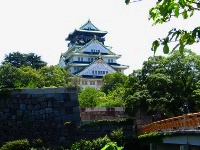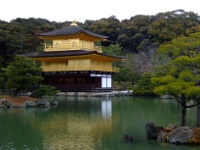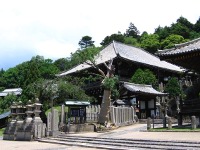Osaka Go Camp 2016
In the heart of historical and modern Japan
Program
Go Camp
Go program includes:
- Lectures
- Teaching games
- League games
- Game reviews
- Special events
Days without dedicated Go programs are free for the participants. They can be used for:
- visiting the Kiin and watching the pros at the tournaments and
- optional sightseeing trips.
| Monday | Tuesday | Wednesday | Thursday | Friday | Saturday | Sunday |
|
Jun 26 Checkin day |
||||||
|
Jun 27 League game, Reviews, Lecture |
Jun 28 League game, Reviews, Lecture |
Jun 29 Sightseeing |
Jun 30 Sightseeing |
Jul 1 League game, Reviews, Lecture |
Jul 2 Kansai students friendship tournament |
Jul 3 Visit Insei school, Kiin children tournament |
|
Jul 4 League game, Reviews, Lecture |
Jul 5 League game, Reviews, Lecture |
Jul 6 Visit Kansai Kiin, Osaka Castle |
Jul 7 Sightseeing |
Jul 8 League game, Reviews, Lecture |
Jul 9 Cultural trip |
Jul 10 Cultural trip |
|
Jul 11 Cultural trip |
Jul 12 League game, Reviews, Lecture |
Jul 13 League game, Reviews, Memorial game, Sayonara party |
Jul 14 Departure day or Congress registration |
Jul 15 1st Japan Go Congress day 1 |
Jul 16 1st Japan Go Congress day 2 |
Jul 17 1st Japan Go Congress day 3 |
|
Jul 18 1st Japan Go Congress day 4 |
Sightseeing in/around Osaka
| Osaka Castle is one of Japan's most famous castles, and played a major role in the unification of Japan during the sixteenth century. It is deep-rooted in the minds of citizens of Osaka as the symbol of Osaka, as is the "Taiko-han" (founder of Osaka Castle, Hideyoshi Toyotomi) |

|

|
Formerly the imperial capital of Japan, Kyoto is now the capital of Kyoto Prefecture, as well as a major part of the Kyoto-Osaka-Kobe metropolitan area. It is the storehouse of Japan’s traditional culture and the stage on which much of Japanese history was played out. With 17 Unesco World Heritage sites, more than 1600 Buddhist temples and over 400 Shintō shrines, Kyoto is also one of the world’s most culturally rich cities. |
| Nara occupies the northern part of Nara Prefecture, directly bordering Kyoto Prefecture. Eight temples, shrines and ruins, together with Kasugayama Primeval Forest, collectively form the "Historic Monuments of Ancient Nara". |

|
